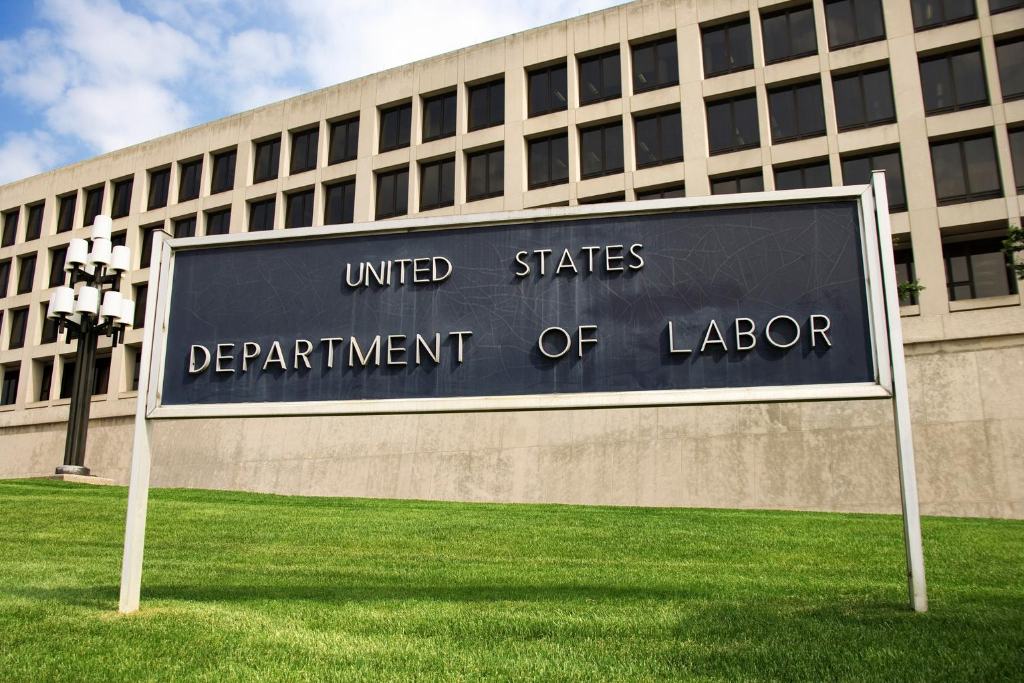
Government contractors performing work on contracts governed by the Service Contract Act (SCA) or Davis-Bacon and Related Acts (DBRA) received some welcome news this week when the U.S. Department of Labor’s Wage and Hour Division (DOL-WHD) issued guidance exempting cash-in-lieu payments (payment of additional cash compensation to satisfy a fringe benefit obligation) from the employee’s regular rate of pay for purposes of calculating employee compensation for paid leave under the Families First Coronavirus Relief Act (FFCRA). The guidance, however, includes an important – and potentially frequently applied – exception.
Lockton comment: For more information about FFCRA leave, please refer to this DOL guidance. Note also that a federal court in New York just invalidated a portion of the DOL’s FFCRA guidance. See our alert on this important development and which employers might be affected.
As background, government contractors must pay employees a “prevailing wage” that includes a base wage component and a fringe benefit component. For example, a government contractor performing work under an SCA contract and operating under a DOL-WHD issued standard wage determination currently has a $4.54 per hour fringe benefit rate. This means an employee’s prevailing wages, in the normal course of business, include their base wages plus an additional $4.54 an hour in fringe benefits.
Many contractors satisfy their fringe benefit obligations by allowing the employee to opt for additional cash in exchange for waiving group health plan coverage.
Lockton comment: Providing benefits like health insurance coverage instead of additional cash is often the preferred way to discharge the contractor’s fringe obligation, however, because of the significant pitfalls and costs — including additional payroll taxes – that employers face when paying additional cash compensation.
The DOL-WHD guidance clarifies that where a government contractor covered by SCA or DBRA offers cash in lieu of benefits, the contractor does not have to include the fringe benefit rate when calculating the amount of regular wages, for purposes of FFCRA paid leave.
However, a key exception to this general guidance arises when an employee takes FFCRA leave concurrently with other paid leave mandated by the applicable wage determination or pursuant to federally mandated paid sick leave under Executive Order 13706. In these cases, the fringe benefit rate (for employers that allow opt-out payments) is included in the calculation of wages for purposes of determining the compensation payable during the leave period.
Lockton comment: Note also that employers choosing to meet their fringe benefit obligations by providing health benefits instead of cash must continue to maintain the health coverage while an employee is out on FFCRA-protected leave.
Next steps
Government contractors should review their paid leave administration policies and any applicable wage determinations to ensure that leave periods are compensated appropriately. Failing to pay wages properly could result in the government contractor owing back wages, the government withholding contract funding, or a three-year debarment from working on government contracts.
